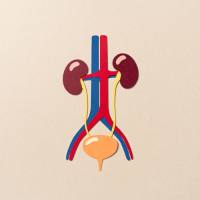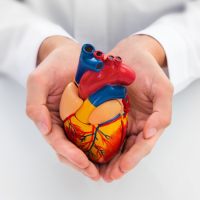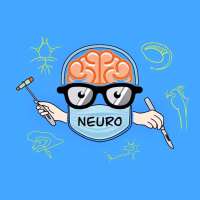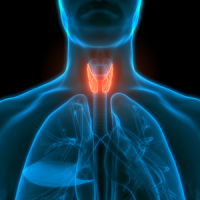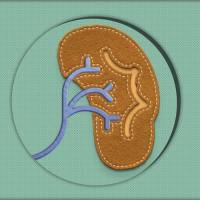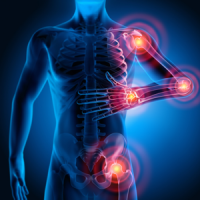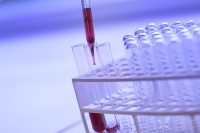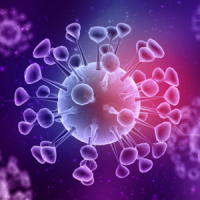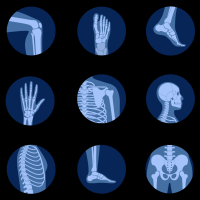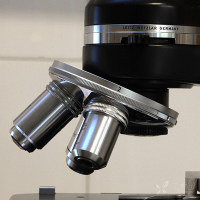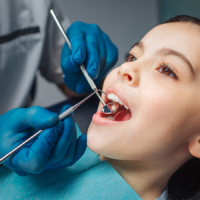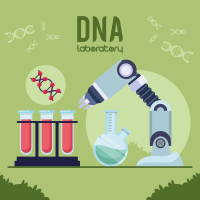进展编译——Nature Cell Biology:造血干细胞不是通过细胞融合转变为肝细胞
摘要:细胞可塑性和细胞融合在胚层转换过程中都被认为具有重要作用。为了弄明白细胞命运改变的机制,我们检测了高纯度的造血干细胞在体内和体外对损伤反应条件下肝特殊性表型和功能的改变。这里我们观察到造血干细胞与损伤的肝细胞通过屏障共培养后转变为肝细胞。染色体分析、特殊的组织基因以及蛋白表达显示,在体外条件下是由于微环境而不是细胞融合使细胞发生转变。我们把造血干细胞移植到肝损伤的小鼠体内,观察到造血干细胞转变为活的肝细胞。特别是,肝功能在移植2-7天内恢复。我们得出结论:造血干细胞是通过转变为功能性的肝细胞而不是通过细胞融合促进损伤肝的再生。
Nature Cell Biology 6, 532 - 539 (2004)
Published online: 09 May 2004; | doi:10.1038/ncb1132
Hematopoietic stem cells convert into liver cells within days without fusion
Yoon-Young Jang1, Michael I. Collector1, Stephen B. Baylin1, Anna Mae Diehl2 & Saul J. Sharkis1
Both plasticity and cell fusion have been suggested to have a role in germ-layer switching1, 2, 3, 4, 5, 6, 7. To understand the mechanisms underlying cell fate changes, we have examined a highly enriched population of hematopoietic stem cells (HSCs)8, 9, 10 in vitro or in vivo in response to injury for liver-specific phenotypic and functional changes. Here we show that HSCs become liver cells when cocultured with injured liver separated by a barrier. Chromosomal analyses and tissue-specific gene and/or protein expression show that microenvironmental cues rather than fusion are responsible for conversion in vitro. We transplanted HSCs into liver-injured mice and observed that HSCs convert into viable hepatocytes with increasing injury. Notably, liver function was restored 2–7 d after transplantation. We conclude that HSCs contribute to the regeneration of injured liver by converting into functional hepatocytes without fusion.





